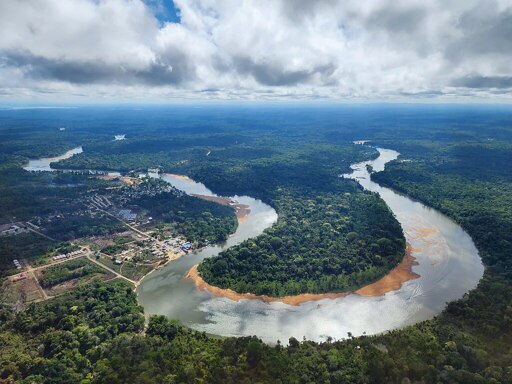Founder’s Briefs: An occasional series where Mongabay founder Rhett Ayers Butler shares analysis, perspectives and story summaries. At the U.N. Climate Change Conference, COP30, in Brazil, Suriname is taking a large step into the spotlight, reports Mongabay’s Max Radwin. With about 93% forest cover and a status as one of only three nations to boast net-negative carbon emissions, the country is punching above its weight. Less usual is its insistence that countries that keep their forests intact should be paid. President Jennifer Geerlings‑Simons, in office since July, is driving that message. She argues that the frameworks set by the Paris Agreement and the Internationally Transferred Mitigation Outcomes exist in principle, but not in practice. “People who actually took care of the forest and it’s still there … don’t get anything. They get a pat on the back and that’s it,” she told Radwin in Suriname. Her point has two threads. The first is the tension between conservation and development. Suriname has committed to preserving some 150,000 square kilometers (58,000 square miles) of rainforest by creating protected areas and recognizing Indigenous and Maroon territories. And yet the country also intends to press ahead with offshore oil projects. She frames the revenue from those projects as the means to pay for stronger oversight of gold and bauxite mining, and to fund tourism and infrastructure. She said the forest isn’t idle land — it stands on “many riches like gold, diamonds, bauxite and more. If we want to keep it standing, we’ll have…This article was originally published on Mongabay
From Conservation news via this RSS feed


